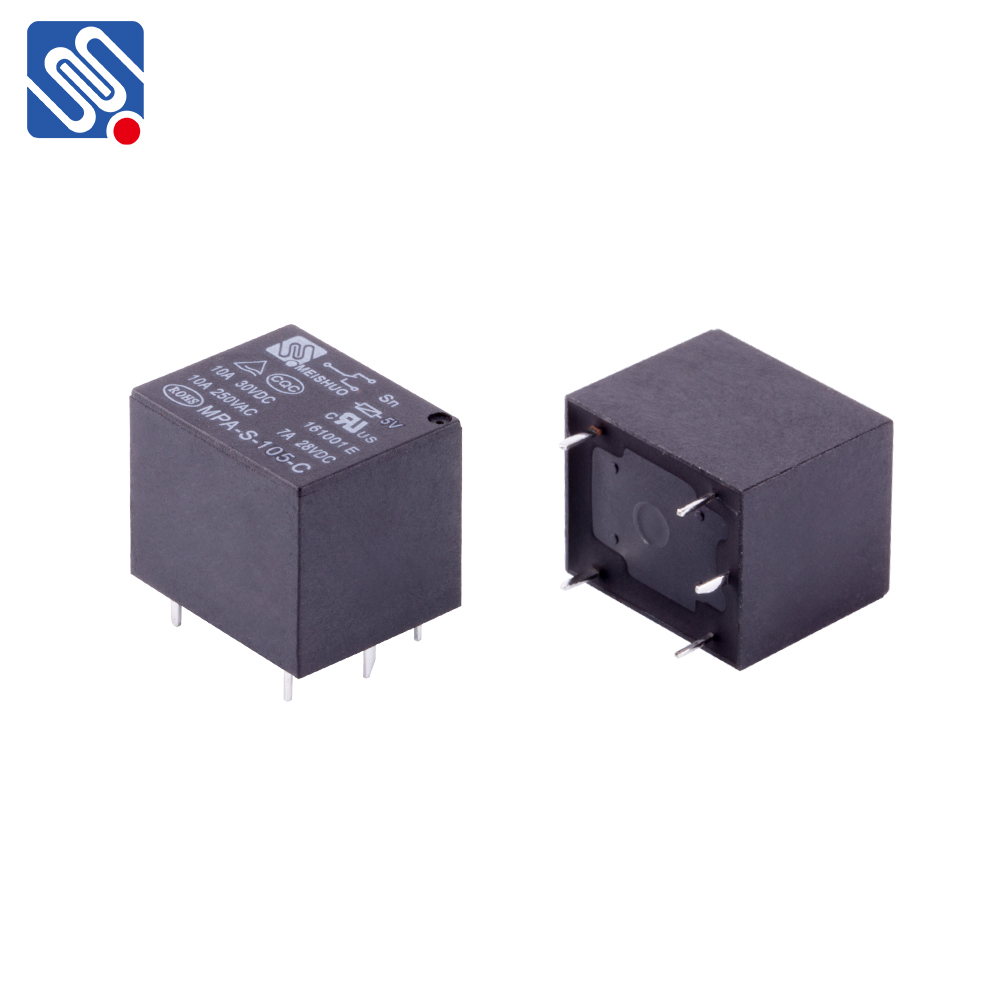A Switch relay is a fundamental component in electrical and electronic systems, serving as a bridge between a low-power control circuit and a high-power load circuit. Its ability to control high-voltage and high-current devices with a low-voltage control signal has made it an essential element in automation, control systems, and a wide range of applications. This article explores the workings of switch relays, their applications, and their advantages in various fields.

What is a Switch Relay? A switch relay, often referred to simply as a relay, is an electromechanical device that allows one circuit to control another. It typically consists of a coil, contacts, and an armature. When an electric current passes through the coil, it generates a magnetic field, which in turn causes the armature to move. This movement either opens or closes the contacts, enabling or disabling the flow of electricity in the controlled circuit. Switch relays can be divided into two types: electromechanical relays and solid-state relays. Electromechanical relays use physical moving parts to control the switching process, while solid-state relays use semiconductor components to achieve the same effect, offering faster response times and greater durability in certain applications.